Predict. Perfect. Perform
fyx.ai uses advanced machine learning to analyze and improve ad performance in real time, increasing ROI with data-backed decisions.
Get smart suggestions and performance scores for your ad copy, ensuring every word resonates with your target audience.
Adapt and fine-tune your ads effortlessly with fyx.ai's flexible tools and intuitive interface built for performance marketers.
View detailed campaign analytics with clean, beautiful visuals—empowering you to make fast and confident decisions.

Personalised Audience
Create your own Audience and run the campaigns fit for your role and enhance your Ad Simulations.
Real-time Analytics
Analyze your Ads with our latest Tools and Enhance your ads for your own good.
Enhance your Ad.
Boost your website traffic and online visibility with expert SEO strategies tailored to your business goals.
Ad Engagement
Increase your ad engagement with data-driven strategies that capture attention and drive meaningful interactions.
Enhanced analytics on your Video based Campaigns
Unlock deeper insights and improve performance with advanced ad video analysis powered by AI and real-time data.
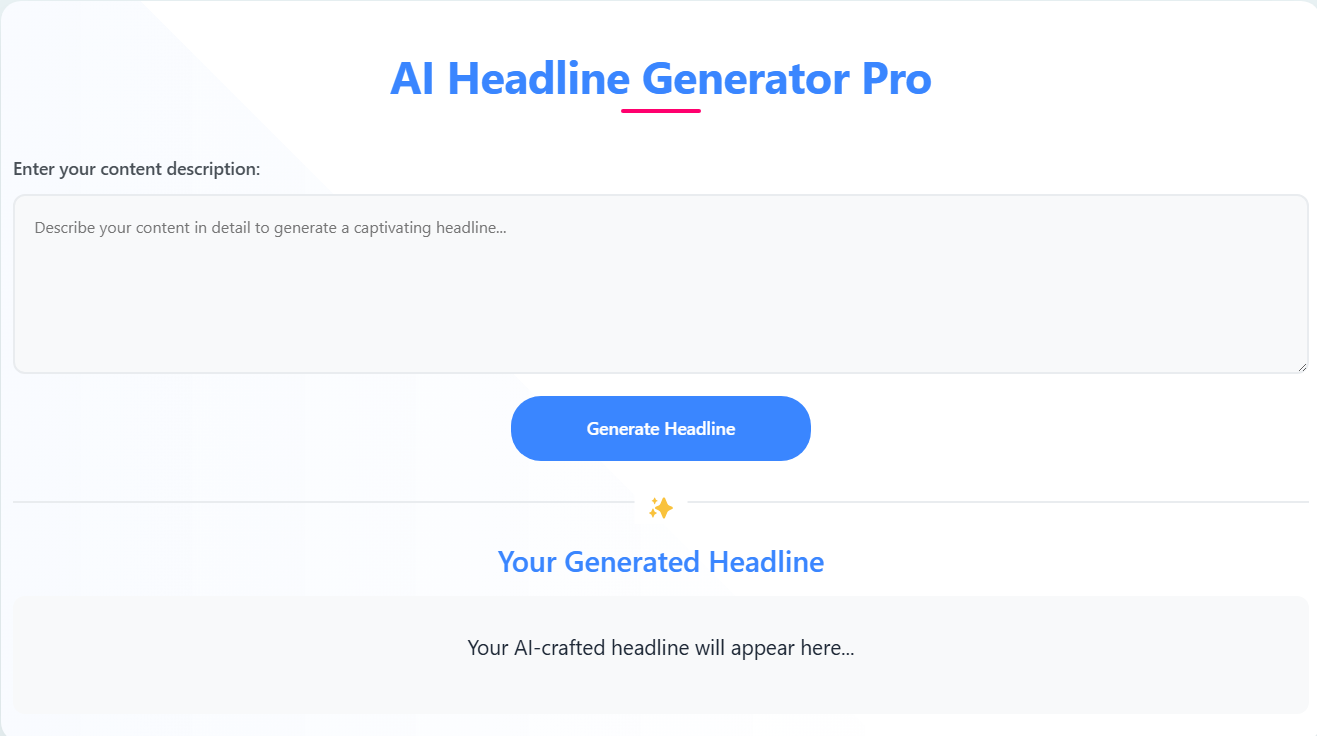
Craft high-converting headlines in seconds. Our AI analyzes your product, tone, and target audience to generate compelling headlines that capture attention and drive clicks. Say goodbye to writer’s block and hello to performance-focused creativity powered by data.
Try Now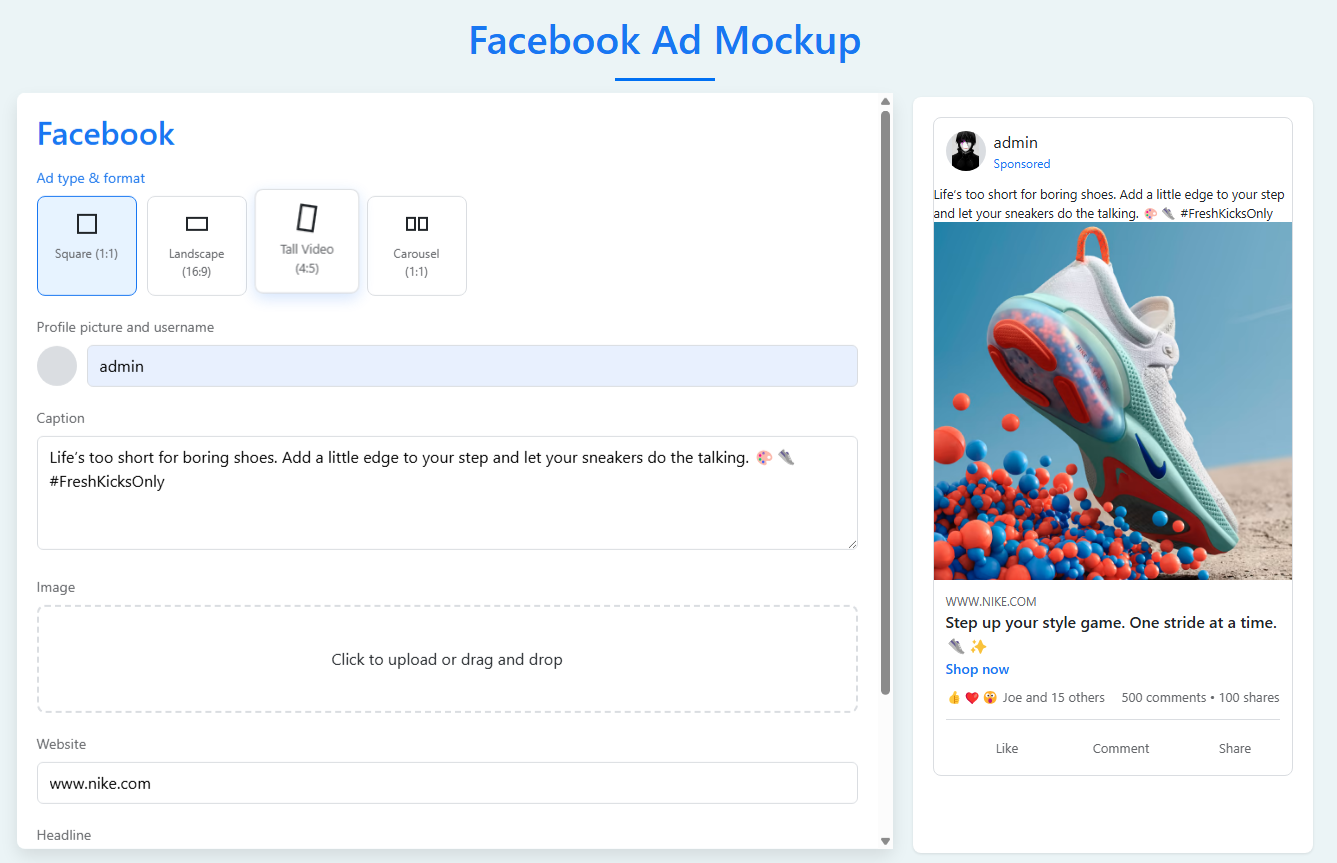
Visualize your ad creatives before they go live. With our Facebook Ad Mockup tool, you can experiment with visuals, copy, and layout in real-time—ensuring every ad looks perfect and performs better across Meta platforms.
Try Now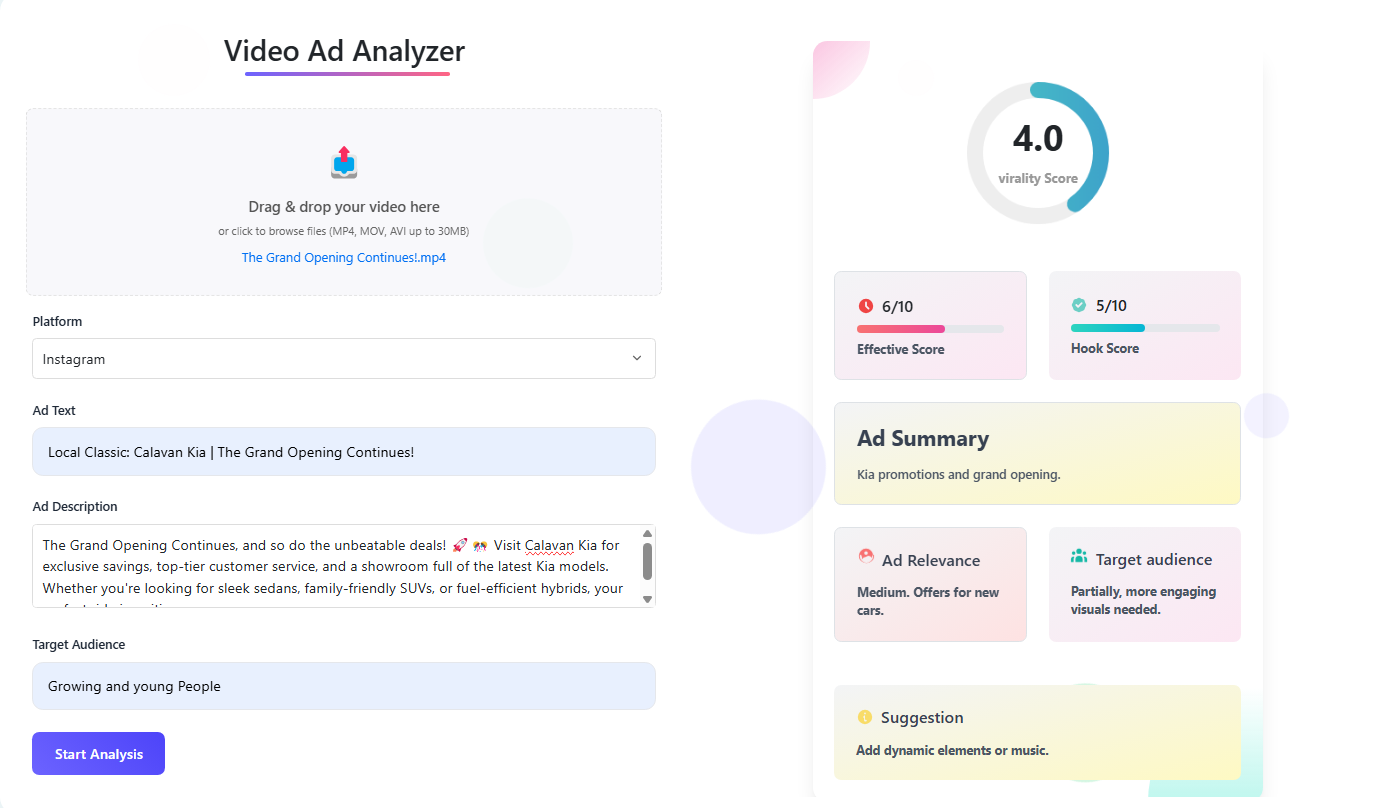
Upload your video and let our AI break it down. Identify strong and weak segments, get suggestions on improving engagement, and receive data-backed performance predictions. Make every second count with intelligent video insights.
Try NowDon't just take our word for it. Here's what our clients have to say about their experience.
Book a quick call and let’s explore how we can bring your vision to life.
Stay updated with the latest trends, insights, and best practices in technology and innovation.
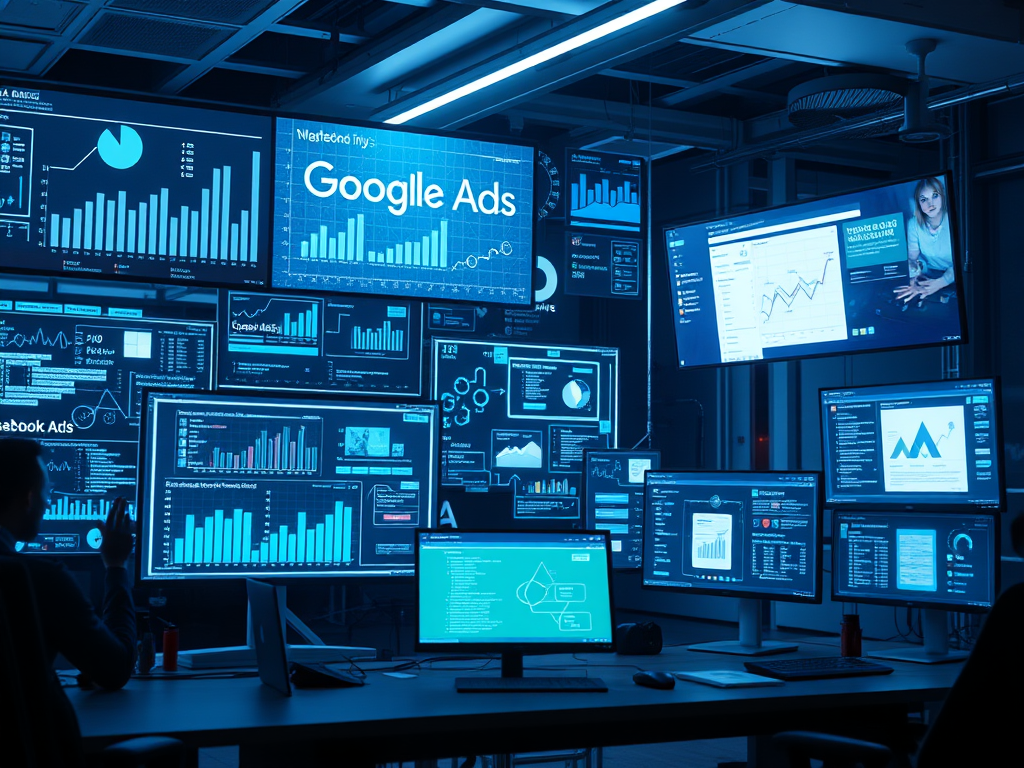
The landscape of digital advertising is rapidly evolving, and at the heart of this transformation is Artificial Intelligence (AI). Platforms like Google and Facebook dominate the online ad space, but as competition intensifies and consumer expectations shift, traditional advertising methods are no longer enough to stay ahead. Enter AI-powered ads: the next frontier of digital marketing. From hyper-targeted campaigns to real-time optimization, AI is poised to redefine how businesses leverage Google and Facebook to reach their audiences. In this blog post, we’ll explore why AI-powered ads are the future of online advertising.
1. AI Allows for Hyper-Personalization in Ad Campaigns
One of the most powerful advantages of AI-powered ads is their ability to deliver hyper-personalized experiences. Traditional ads are often broad and generalized, targeting large demographics based on basic interests. AI, however, analyzes massive datasets—behavioral, demographic, psychographic, and transactional data—to create highly personalized ad experiences for each individual user. By examining past behavior, preferences, and online interactions, AI can serve the right message to the right person at the right time, increasing the likelihood of conversion.
The AI Advantage: On platforms like Google and Facebook, AI can use machine learning to predict what a user is most likely to engage with next. By serving personalized content, ads can feel less intrusive and more relevant, improving user experience and boosting ad effectiveness. This hyper-targeting leads to better ROI for businesses and a more enjoyable experience for users.
2. Real-Time Ad Optimization: Maximizing Performance
AI-powered ads excel at real-time optimization. Unlike traditional ads, which rely on set-and-forget strategies or manual adjustments, AI continuously analyzes performance metrics and user interactions, adjusting ad creatives, targeting, and bidding strategies as needed. Whether it’s tweaking the copy, changing the images, or adjusting the audience targeting, AI makes adjustments on the fly to ensure that ads are performing at their best.
The AI Advantage: On both Google and Facebook, AI can automatically adjust your campaign based on real-time feedback. If one ad variation is performing better than others, AI will allocate more budget to that version, ensuring that resources are used efficiently. This level of optimization reduces wasted spend and increases the potential for conversions, delivering higher returns on your ad spend.
3. Predictive Analytics: Getting Ahead of Customer Behavior
Predictive analytics is another key feature that makes AI-powered ads so effective. AI algorithms can analyze patterns in user behavior and predict future actions. By understanding what a user is most likely to do next, AI can serve them ads that align with their current needs and intentions, improving the chances of conversion. This predictive capability is particularly valuable for retargeting campaigns, where AI can predict when a user is most likely to make a purchase and serve them an ad at the ideal time.
The AI Advantage: On platforms like Google Ads and Facebook Ads, AI can analyze historical data and anticipate the actions of users, optimizing campaigns before the customer even takes action. This helps businesses stay one step ahead, engaging users with relevant ads before they even realize they’re ready to convert.
4. Audience Segmentation: Reaching the Right People
Audience segmentation is one of the cornerstones of effective advertising, and AI is transforming how businesses approach it. Traditional audience segmentation might rely on broad categories like age, gender, and interests, but AI goes much deeper. By analyzing a wide array of signals—such as browsing behavior, device usage, location, and even sentiment—AI creates highly detailed customer profiles that enable businesses to target their ads with unprecedented precision.
The AI Advantage: On Google and Facebook, AI can build dynamic audience segments in real time, continuously refining and adjusting them based on new data. This allows advertisers to target users with greater specificity, ensuring that their ads are only shown to the people who are most likely to convert. This level of targeting leads to more efficient ad spend and better results.
5. Cost-Effective Campaigns: Maximizing ROI
AI-powered ads are not just smarter—they’re also more cost-effective. With AI’s ability to analyze large amounts of data and make real-time adjustments, businesses can maximize their return on investment (ROI) by eliminating inefficiencies. For example, AI can automatically adjust bids based on the likelihood of conversion, ensuring that businesses are not overspending on ads that are unlikely to result in sales.
The AI Advantage: On platforms like Google and Facebook, AI can optimize ad spending by analyzing the performance of different audiences and ad formats. This enables advertisers to allocate budgets more effectively, ensuring that every dollar spent has the highest potential to drive results. As a result, businesses see improved ROI without increasing ad spend.
6. Scaling Campaigns with Ease
As businesses grow, scaling ad campaigns becomes a significant challenge. Traditional ad strategies can require manual intervention to increase budgets, create new creatives, or adjust targeting parameters. AI-powered ads, on the other hand, can scale effortlessly. Once an AI system has learned which audience segments and ad creatives are most effective, it can automatically adjust the campaign to increase its reach, ensuring that businesses can grow without requiring additional manual effort.
The AI Advantage: On Google and Facebook, AI allows businesses to scale their campaigns without losing efficiency. By automating key aspects of campaign management, AI reduces the need for human intervention, allowing businesses to focus on strategy and growth while the AI handles the optimization and scaling.
7. Enhanced Creativity: AI-Generated Ad Ideas
AI is not just about optimization and data—it’s also making waves in creative ad generation. Using natural language processing (NLP) and machine learning, AI can assist in generating ad copy, images, videos, and even entire ad concepts. This can help marketers quickly test different creative ideas, ensuring that their ads are both innovative and effective. With AI’s ability to generate ideas at scale, businesses can constantly refresh their ad creatives and keep their campaigns engaging.
The AI Advantage: On platforms like Google and Facebook, AI-powered tools can generate a variety of ad variations, including different headlines, call-to-actions, and visuals. This helps marketers quickly test and identify the best-performing combinations without needing to start from scratch each time. AI’s creative abilities allow for continuous experimentation and improvement, keeping ads fresh and effective.
Conclusion: AI-Powered Ads Are the Future
AI-powered ads are not just a trend—they represent the future of Google and Facebook marketing. By leveraging AI’s ability to deliver hyper-personalized content, optimize campaigns in real-time, predict customer behavior, and maximize ROI, businesses can take their advertising efforts to new heights. With AI handling the heavy lifting, marketers can focus on strategy and creativity, knowing that their ads are working smarter, not harder. As digital advertising continues to evolve, AI will be the driving force behind the most successful campaigns on Google and Facebook.
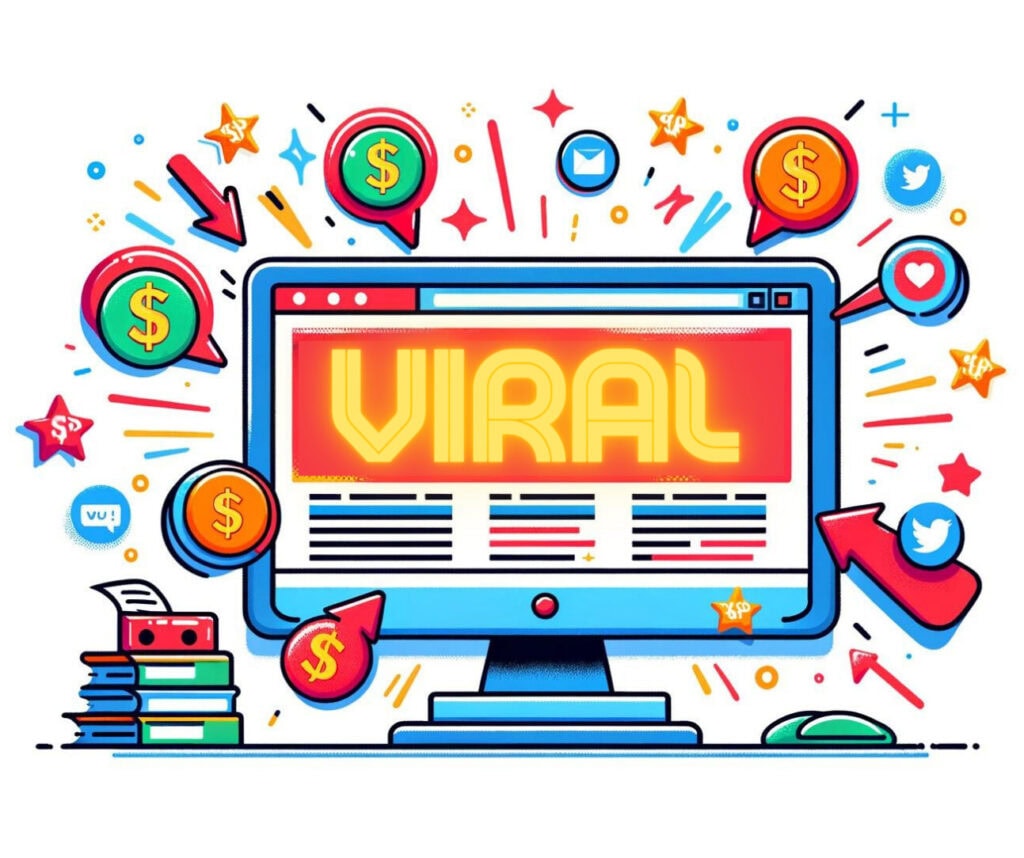
In the world of digital marketing, going viral is the Holy Grail. Every marketer dreams of creating an ad that captures the public’s attention, spreads like wildfire, and generates millions of views, shares, and conversions. But what is the secret to making an ad go viral? For years, marketers have relied on creativity, timing, and a little bit of luck. However, with the rise of Artificial Intelligence (AI), there’s a new question on everyone’s mind: can AI really make ads go viral? Let’s dive into how AI is revolutionizing the ad creation process and whether it has the power to unlock the viral formula.
1. Understanding the Elements of a Viral Ad
Before we explore AI’s role in viral advertising, it’s important to understand the key elements that make an ad go viral. Typically, viral ads have the following characteristics:
While these elements are key to virality, they are not always easy to predict or replicate. This is where AI steps in.
2. How AI Analyzes What Makes Content Go Viral
AI’s strength lies in its ability to process and analyze vast amounts of data in real-time. When it comes to viral ads, AI can sift through millions of videos, images, and social media interactions to identify trends, patterns, and characteristics that make certain content more likely to go viral. By studying what worked in the past, AI can help predict what kind of content has the best chance of resonating with audiences.
The AI Advantage: AI can analyze data such as video views, shares, likes, and comments, as well as more subtle indicators like sentiment analysis, viewer demographics, and engagement rates. By examining these metrics, AI can identify common patterns between successful viral ads, such as the tone, messaging, format, and emotional appeal. Armed with this data, AI can suggest creative ideas and strategies that are more likely to generate viral traction.
3. AI-Powered Content Creation: Crafting Ads That Speak to Audiences
One of the most exciting ways AI is transforming advertising is through content creation. AI tools are now capable of generating video scripts, social media captions, ad copy, and even designing visuals. By analyzing past successful ads, AI can generate creative ideas that align with what resonates with audiences. It can also experiment with different versions of an ad, testing various combinations of visuals, messages, and formats to determine which is most likely to perform well.
The AI Advantage: AI doesn’t get tired, and it can run thousands of variations of an ad to find the perfect combination that resonates with viewers. It can test everything from the choice of words to the pacing of a video, identifying which elements are most likely to increase engagement and shares. This ability to experiment and optimize quickly makes AI a powerful tool for creating ads that have a higher chance of going viral.
4. AI and Predictive Analytics: Forecasting Viral Potential
AI’s predictive capabilities are a game-changer when it comes to understanding what makes an ad go viral. By using advanced machine learning algorithms, AI can predict the likelihood of an ad going viral before it’s even published. By analyzing historical data from similar campaigns, AI can forecast which ads are most likely to gain traction based on factors like timing, targeting, and emotional appeal.
The AI Advantage: AI doesn’t just rely on past data—it can adapt in real time to changes in audience behavior and market trends. This means AI can help marketers pivot their strategies quickly, tweaking their ads based on emerging trends or shifts in audience sentiment. By forecasting the viral potential of an ad, AI helps marketers make data-driven decisions that increase the chances of success.
5. Amplifying Reach: AI-Driven Targeting and Distribution
Even the best ad won’t go viral if it’s not seen by the right people. AI plays a crucial role in ensuring that ads reach the right audience at the right time. Through advanced targeting algorithms, AI can help marketers distribute ads to the most relevant viewers, ensuring that the ad reaches those most likely to engage, share, and amplify it.
The AI Advantage: AI’s ability to segment audiences based on a wide range of factors—such as demographics, interests, online behavior, and social media activity—allows for hyper-targeted ad distribution. By serving the ad to the most relevant viewers, AI increases the likelihood that the ad will resonate, engage, and go viral.
6. Real-Time Optimization: Adapting for Maximum Virality
Viral ads are often unpredictable, and the content that goes viral today might not work tomorrow. AI can adapt in real-time to ensure that campaigns continue to perform well even as trends evolve. By continuously monitoring engagement and sentiment, AI can make adjustments to an ad’s targeting, messaging, and distribution strategy to maximize its viral potential.
The AI Advantage: With real-time optimization, AI can react to shifting audience preferences, adjusting an ad’s strategy to ensure it stays relevant and engaging. Whether it’s tweaking the ad copy, adjusting the visuals, or changing the targeting parameters, AI ensures that your ad is always optimized for maximum impact.
Conclusion: Can AI Make Ads Go Viral?
While AI cannot guarantee that every ad will go viral, its data-driven insights, content optimization capabilities, and real-time adaptation make it a powerful tool for increasing the chances of virality. By analyzing patterns from past successes, creating personalized content, forecasting viral potential, and optimizing distribution, AI can significantly enhance the likelihood that an ad will capture attention and spread across the internet like wildfire.
Ultimately, the key to a viral ad is a combination of creativity, timing, and audience engagement. AI can certainly help brands create ads that are more likely to resonate with viewers, but the human touch—creative ideas, emotional connections, and cultural relevance—still plays an irreplaceable role in crafting ads that truly go viral.
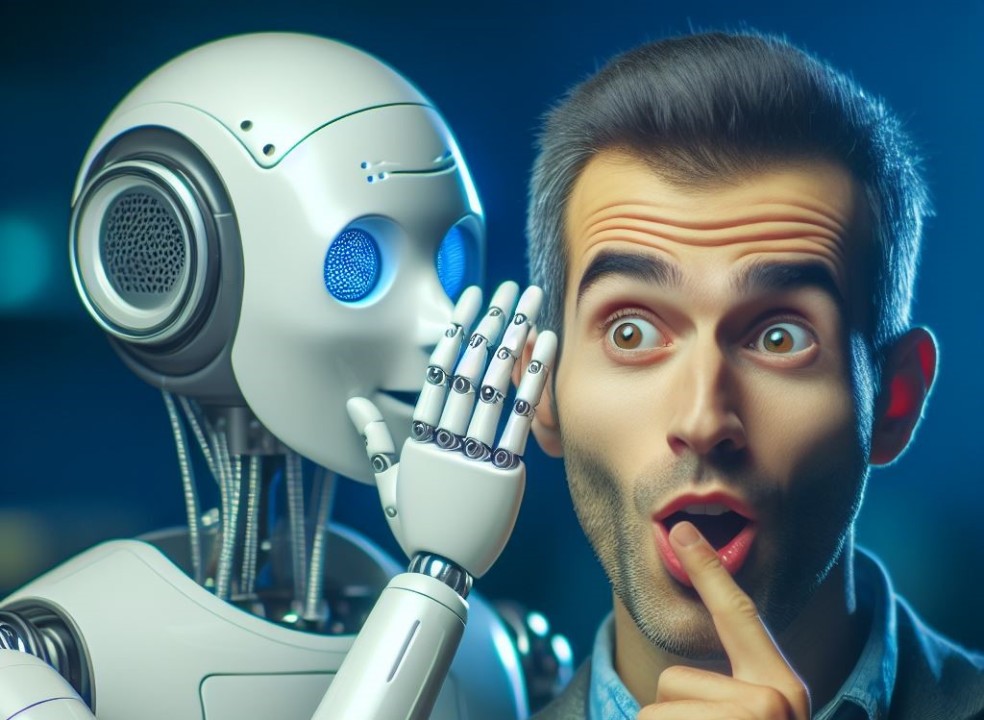
In today’s competitive digital landscape, understanding your customers is more important than ever. Marketers spend hours analyzing customer behavior, segmenting audiences, and creating personalized campaigns to engage their target market. However, despite these efforts, human analysis can only scratch the surface. Enter Artificial Intelligence (AI)—a game-changer that is revolutionizing how brands understand and connect with their customers. AI’s ability to process massive amounts of data and identify complex patterns gives it the power to know your customers in ways that go beyond human capabilities.
1. AI Learns from Every Interaction
AI doesn’t rely on assumptions or limited data sets—it learns from every single interaction a customer has with your brand. Whether it's a website visit, a social media comment, or a completed purchase, AI is continuously gathering insights from all these touchpoints. By analyzing patterns in behavior, AI creates a detailed and constantly updated profile for each customer, allowing for hyper-targeted marketing strategies.
The AI Advantage: While humans might analyze past purchase history or browsing habits, AI can track and learn from a wider variety of signals. AI can process millions of data points in real time, identifying subtle changes in behavior and preferences that humans might miss. This enables AI to predict a customer's next move or their likelihood to engage with a particular product.
2. AI Understands Emotional Cues
One of the most powerful abilities AI possesses is its ability to analyze emotional cues from customer interactions. Human marketers are skilled at interpreting emotions based on context, but AI takes this to the next level. By analyzing text, voice tone, images, and even video, AI can detect sentiment and emotional responses that provide deeper insights into customer feelings and motivations.
The AI Advantage: AI can process emotions across a range of customer touchpoints—whether it's analyzing the tone of customer support interactions, social media posts, or feedback surveys. By recognizing emotional cues, AI can adjust messaging to better resonate with customers, making communications more effective and personalized.
3. Predictive Analytics: Anticipating Customer Behavior
AI’s ability to analyze large datasets and predict future behavior is one of its most powerful features. Predictive analytics allows AI to forecast what customers will do next based on historical data. This means AI can predict everything from the likelihood of a customer making a purchase to the types of products they’re most likely to buy. By using predictive models, AI helps brands make smarter, more informed decisions, optimizing marketing efforts for maximum impact.
The AI Advantage: Unlike humans, who rely on intuition or past experiences to anticipate customer behavior, AI uses sophisticated algorithms to analyze vast amounts of data and identify patterns that can predict future actions with a high degree of accuracy. This allows brands to stay ahead of customer needs and create tailored marketing strategies that engage customers at the right time with the right offer.
4. Hyper-Personalization: Crafting Individual Experiences
AI can take personalization to a whole new level by analyzing data from multiple sources—social media activity, previous purchases, browsing behavior, and more. This allows AI to build incredibly detailed customer profiles that can be used to craft hyper-personalized marketing experiences. Whether it's recommending products, sending personalized offers, or tailoring content, AI knows exactly what resonates with each individual customer.
The AI Advantage: While human marketers may segment customers into broad categories like “young adults” or “frequent buyers,” AI takes personalization a step further by offering individualized experiences. By analyzing data in real-time, AI can automatically adjust messaging, offers, and recommendations based on a customer’s unique preferences, needs, and behaviors.
5. AI Recognizes Patterns in Data That Humans Can’t
AI’s ability to recognize patterns is perhaps its most significant advantage. While humans might identify obvious trends, AI can spot hidden patterns in massive datasets that go unnoticed by the human eye. These patterns can reveal critical insights about customer behavior, preferences, and trends that help brands optimize their marketing strategies. AI can also segment customers into micro-groups based on these insights, creating even more opportunities for tailored marketing.
The AI Advantage: AI can analyze a combination of structured and unstructured data—such as social media posts, online reviews, and customer service interactions—to uncover patterns that humans simply can’t detect. This enables brands to better understand their customers' motivations and tailor marketing efforts more precisely.
6. Continuous Learning: Improving Over Time
One of AI's most valuable features is its ability to continuously learn and adapt. As AI interacts with more customer data, it refines its algorithms and predictions, improving its ability to anticipate customer needs. This continuous learning loop allows AI to stay up-to-date with changing customer behaviors, trends, and market conditions, ensuring that brands are always working with the most relevant and current data.
The AI Advantage: Unlike humans, who may rely on outdated assumptions or periodic surveys to understand customer needs, AI constantly evolves and updates itself in real-time. The more data it processes, the smarter it becomes, leading to even more precise predictions and personalization over time.
7. Reducing Human Bias in Marketing Decisions
Humans are naturally subject to biases—whether it’s confirmation bias, availability bias, or simply past experiences influencing decisions. AI, however, is objective. It makes decisions based purely on data, which helps eliminate biases that might affect human judgment. By relying on AI to make data-driven decisions, brands can ensure that their marketing strategies are based on accurate, unbiased insights.
The AI Advantage: AI helps brands make objective decisions based on pure data, free from personal bias. This ensures that campaigns are more effective, targeting the right audience with the right messaging, and optimizing performance in ways that human marketers might overlook.
Conclusion: AI Knows Your Customers Better Than You Do
While human marketers bring invaluable creativity, intuition, and emotional intelligence to the table, AI’s ability to process massive amounts of data, predict customer behavior, and personalize experiences on a granular level gives it a significant edge in understanding customers. By leveraging AI’s strengths, brands can not only stay ahead of the competition but also build deeper, more meaningful relationships with their customers. AI doesn’t just know your customers better—it helps you understand them in ways you never thought possible, giving you a powerful tool for driving better results and optimizing customer experiences.
If your query isn't listed here, feel free to email us at info@fyx.ai and we’ll get back to you right away.